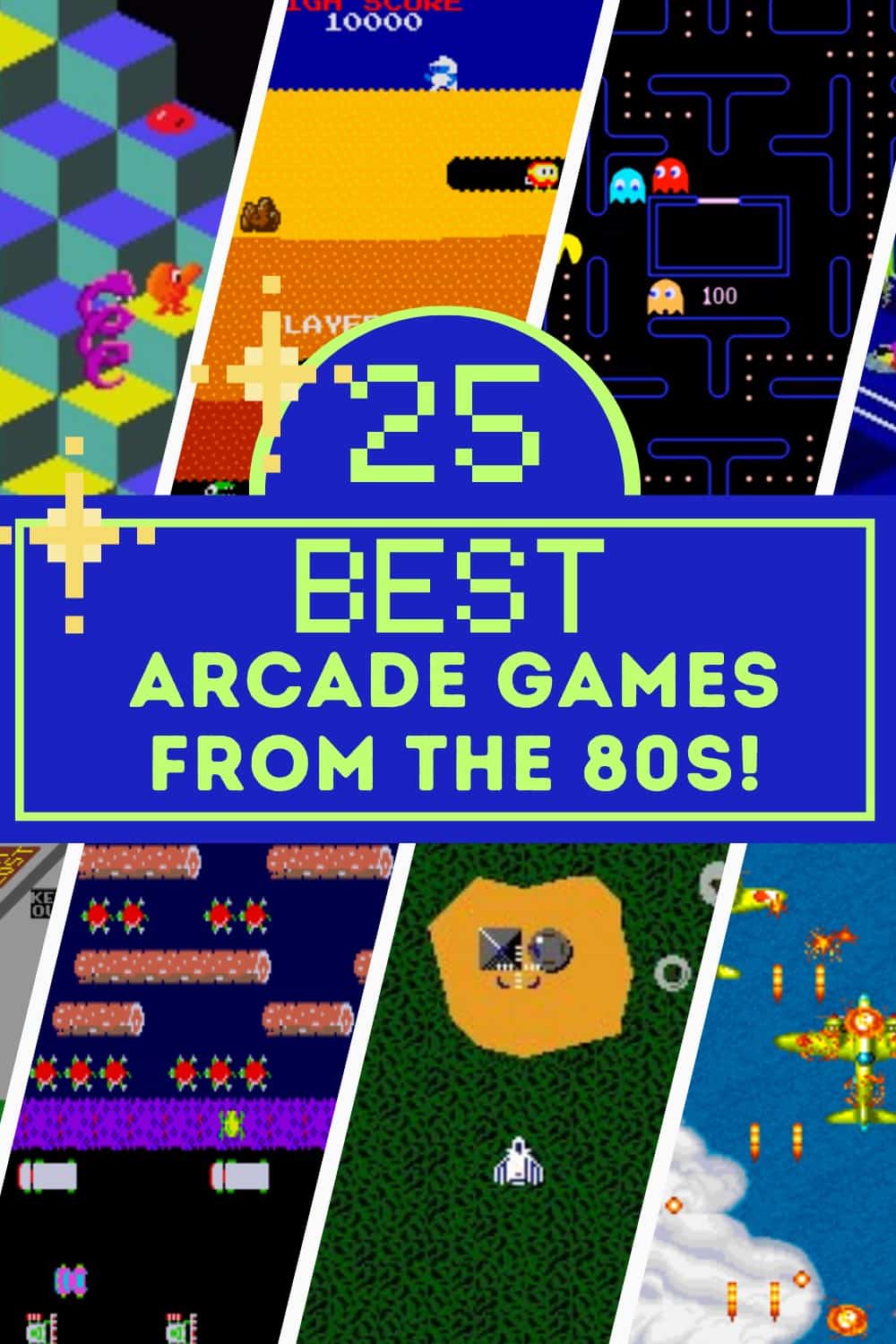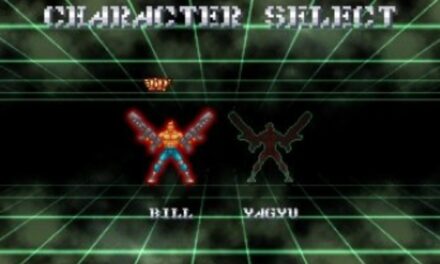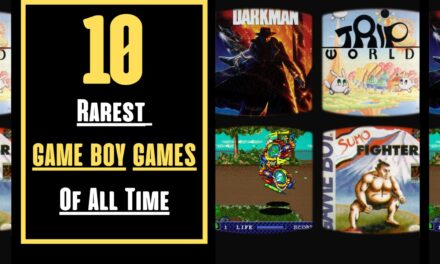Arcades video games were big business in the 1980s. More powerful than any retro gaming console of the time and featuring such popular titles as Pac-Man and Pole Position, these coin-operated cabinets were far more elaborate than anything you could get at home and quickly became a preferred form of recreation for many.
Arcade games became so popular during this time that the total revenue for the industry was estimated to be over $7 billion in the United States alone! Yeah, that’s a lot of quarters!
What follows now is a look back at the best arcade games from the 80s. Visually striking and addictive, these are the ones most fondly remembered from the days that gave us everything from Defender to Donkey Kong. Sure, some may be more popular than others, but there is no doubt each entry on this list stands as a shining example of the very best to come out of this golden age of gaming!
Grab some change, it’s time to play…
The 25 Best Arcade Games Of The 1980s
Centipede (1980)
A fixed shooter developed and published by Atari, this game tasks players with shooting all of the segments of an alien centipede as it winds down the playing field.

Designed by Dona Bailey and Ed Logg, it would spawn a popular arcade sequel the following year, be ported over to numerous Atari gaming consoles, and is one of the first games ever to have a significant female player base.
Defender (1980)
A horizontally scrolling shooter from Williams Electronics, Defender sees players attempting to defeat waves of invading aliens while protecting astronauts.
One of the most important titles to come out of the golden age of arcade video games, this Eugene Jarvis gem would go on to sell over 55,000 units and is often credited with creating the horizontal shooter genre.
Pac-Man (1980)
Namco’s hugely popular maze game launched the world headlong into the thralls of Pac-Man Fever and birthed a massive pop culture merchandising campaign the likes of which had never been seen!
One of the highest-grossing and best-selling games in the 80s, it sees players attempting to gobble up all of the dots in an enclosed maze while avoiding four colored ghosts named Blinky, Pinky, Inky, and Clyde. Sequels followed, as did a cartoon and a hit single from Buckner & Garcia.
Donkey Kong (1981)
Hailing from Nintendo and director Shigeru Miyamoto, this early 80s platformer introduced two of the biggest gaming icons in history and quickly became the highest-grossing North American cabinet of 1981 and 1982 respectively.
Designed as a rival to Pac-Man, it spawned sequels, a board game, and even a breakfast cereal! Not only that, it also sat directly at the forefront of one of the largest high-profile lawsuits that the industry had seen up to that point in time!
Frogger (1981)
Developed by Konami and manufactured by SEGA, this classic arcade game puts players in control of guiding a series of frogs back to their homes while crossing busy roadways and hazardous rivers.

Receiving sequels and inspiring more than its fair share of clones, the popular game has sold over 20 million copies worldwide and expanded its flipper to also include music and TV.
Galaga (1981)
A fixed shooter and the sequel to 1979’s Galaxian, this Namco classic puts players behind the controls of a starship as they attempt to destroy the enemy forces in each stage.
An immensely successful follow-up to its predecessor, it would not only be ported over to several gaming consoles but was also a chart-topper in both Japan and North America right up to 1987.
Tempest (1981)
Taking place on a three-dimensional surface, this Atari tube shooter was one of the first video games to use Atari’s Colour-QuadraScan vector technology as well as one of the first to incorporate a progressive level design.
Players control a claw-shaped blaster with the aid of a rotary nob and must accumulate as many points as possible by clearing the field of enemies.
BurgerTime (1982)
Developed by Data East, this goofy platformer has players constructing a number of different hamburgers while avoiding enemy foods with the aid of a four-position joystick and a special ‘pepper’ button.
Eventually ported over to consoles like the Intellivision, ColecoVision, and NES, many attribute a large portion of the game’s success to its silly nature.
Dig Dug (1982)
Another classic maze game from Namco, players control the titular character and look to defeat all of the enemies in a given stage by either inflating them up until they burst or crushing them under rocks.
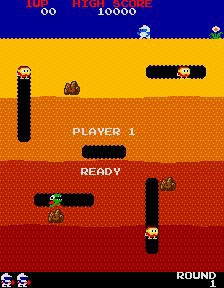
Praised for its addictive gameplay and cute characters, it prompted a long list of sequels, and spin-offs like Mr. Driller and was the second highest-grossing game of 1982 in Japan.
Donkey Kong Jr. (1982)
This popular Nintendo sequel hit arcades one year after its predecessor and saw players attempting to rescue a kidnapped Donkey Kong from the villainous Mario.
Despite the odd role reversal, the game was another hit that would eventually find new life on many popular gaming consoles and even spawn a Saturday morning cartoon and a fruit-flavored breakfast cereal.
Joust (1982)
An action game from Williams Electronics that is credited with polishing and popularising the two-player concept with gamers, Joust has players controlling knights armed with lances and mounted on large birds who must fly around the screen and defeat enemy knights on buzzards.
Praised by both critics and players alike, it would eventually get an arcade sequel in 1986.
Kangaroo (1982)
Developed by Sun Electronics and distributed in North America by Atari, Kangaroo is very similar in style to Donkey Kong and sees players controlling a boxing glove-wearing marsupial who is looking to rescue her joey from fruit-flinging monkeys.
Praised by critics and ported to several Atari consoles, it would eventually get its own Saturday morning cartoon in 1984.
Q*Bert (1982)
An action puzzler released in 1982 by Gottlieb, Q*Bert, and played from an axonometric third-person perspective sees players attempting to change numerous three-dimensional cubes to a target color to advance to the next stage.
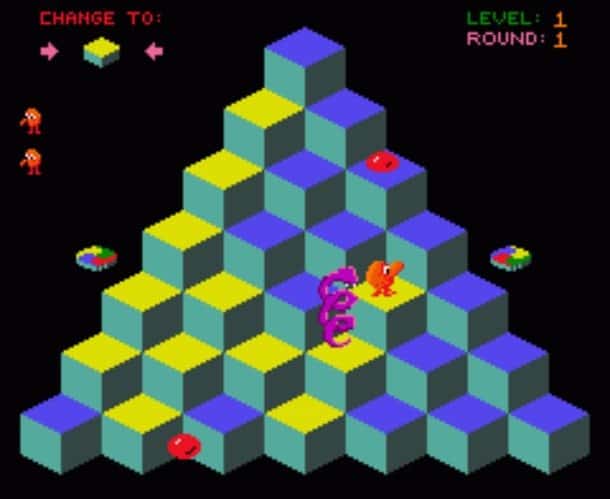
One of the most collectible cabinets in the world, it remained the publisher’s sole video game with around 25,000 individual units sold worldwide.
Pole Position (1982)
This Namco racing simulator was the highest-grossing cabinet of 1982 in Japan and was internationally the most popular coin-operated arcade game in 1983.
An evolution of late 70s electro-mechanical racing games, Pole Position put players behind the wheel of a Formula One car and was the first arcade racing game to feature a track based on a real-world racing circuit.
Xevious (1982)
A vertically scrolling shooter from Namco, Xevious puts players in command of a starship that must be used to stop invading alien forces before they can destroy mankind.
One of the first third-party titles to find a home on the Family Computer, it was praised for its thrilling action, and impressive graphics and would go on to sire several subsequent sequels and spin-offs
Zaxxon (1982)
This isometric shooter from SEGA straps players into a spaceship and has them pilot the craft through a heavily defended fortress. It was the first game to use axonometric projection and the first popular arcade game to be advertised on television.
One of the top five highest-grossing games in 1982, it received a sequel in 1984 and inspired follow-ups Future Spy and Congo Bongo.
Mario Bros. (1983)
A platformer from Nintendo and Shigeru Miyamoto, Mario Bros. has players taking control of either Mario or Luigi and exterminating different creatures emerging from the sewers.
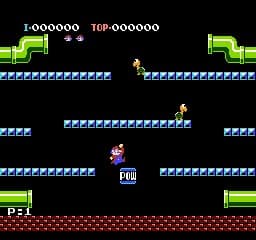
Originally beginning its life as a spin-off of Donkey Kong, it would eventually be ported over to the NES and is credited with introducing several concepts still used in mainline Mario games today.
Spy Hunter (1983)
A vehicular combat game developed by Bally Midway, Spy Hunter puts players in control of the Interceptor and has them destroying various enemy vehicles while speeding down the road from a top-down perspective.
Taking more than a little inspiration from James Bond, the game would eventually be ported over to the NES by Sunsoft and result in the creation of everything from a sequel to a pinball tie-in. It was also one of the highest-grossing games of 1984.
Dragon’s Lair (1983)
Featuring a beautiful art style that emphasized hand-drawn animation, this fantasy title from Cinematronics exploited the storage capacity of LaserDisc to present gamers with a next-level interactive experience. While the gameplay was simplistic,
Dragon’s Lair is fondly remembered for pushing the boundaries of technology in an effort to show the world exactly what video games were capable of even at this early stage in history.
Super Mario Bros. (1983)
Before helping launch the Nintendo Entertainment System in 1985, Super Mario Bros. began its life as an arcade platformer in 1983.
Like the NES version, players crusade across the Mushroom Kingdom as Mario, who is looking to rescue Princess Toadstool from the vile Bowser Koopa.
Two years later, the greatest video game of all time came home and the rest, as they say, is history!
Star Wars (1983)
A first-person rail shooter from Mike Hally and Atari, this Star Wars game uses three-dimensional color vector graphics to simulate your X-Wing Fighters attack on the Death Star from A New Hope.
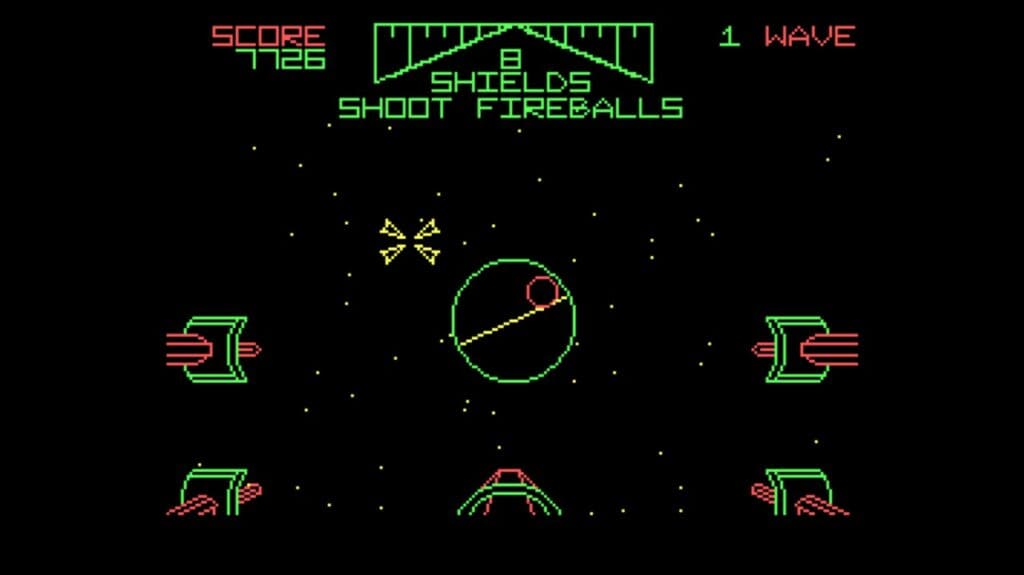
Regarded as one of the best arcade games of all time, Star Wars would receive many home ports and an arcade sequel, sold as a conversion kit for the original cabinet, beginning in 1985.
1942 (1984)
A high-flying shooter from Capcom, 1942 is set in World War II and sees gamers attempting to make it over to Tokyo to destroy the Japanese air fleet.
Designed as the first Capcom title with Western markets in mind, it went on to become Japan’s fifth highest-grossing table-top arcade machine in 1986 and brought forth a series that has sold over 1.4 million units across the globe.
Paperboy (1985)
An action game from Atari and Midway, this game sees players taking on the role of a paperboy as he delivers newspapers on his bike along a suburban street.
Known for its addictive gameplay and unique cabinet perspective, the game would go on to become a commercial success and receive home ports for the ZX Spectrum, Amiga, NES, and AppleII GS respectively.
Rampage (1986)
Supporting up to three players, Rampage is an action game from Bally Midway that sees gamers controlling giant monsters as they try to survive against an onslaught of military attacks. At the same time, players must reduce cities to rubble before moving on.
One of the last successful titles for its publisher Midway Games, the classic 80s arcade game spawned no less than five sequels and a movie in 2018.
Contra (1987)
A run-and-gun action game from Konami, Contra is known for employing a number of different perspectives and supporting two-player cooperative gameplay. Taking on the role of commandos Bill and Lance, gamers work together to defeat the Red Falcon Organization which is looking to wipe out humanity.
One of the most successful dedicated arcade cabinets of 1987, Contra spawned many sequels and found even greater success when ported over to the NES in 1988.

